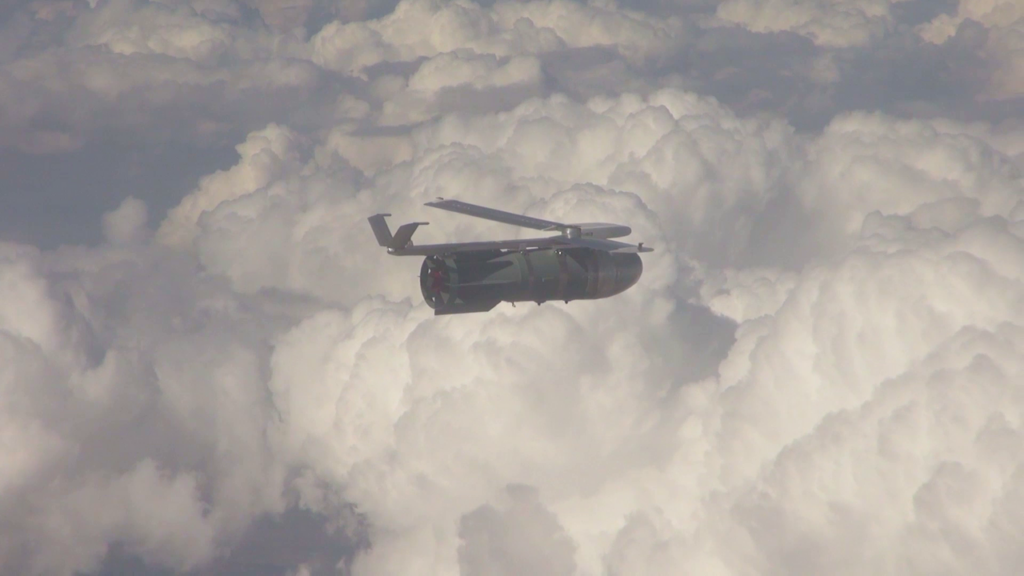Ukraine’s Liutyi drone warhead grew by 50%—at the cost of 400 km of range
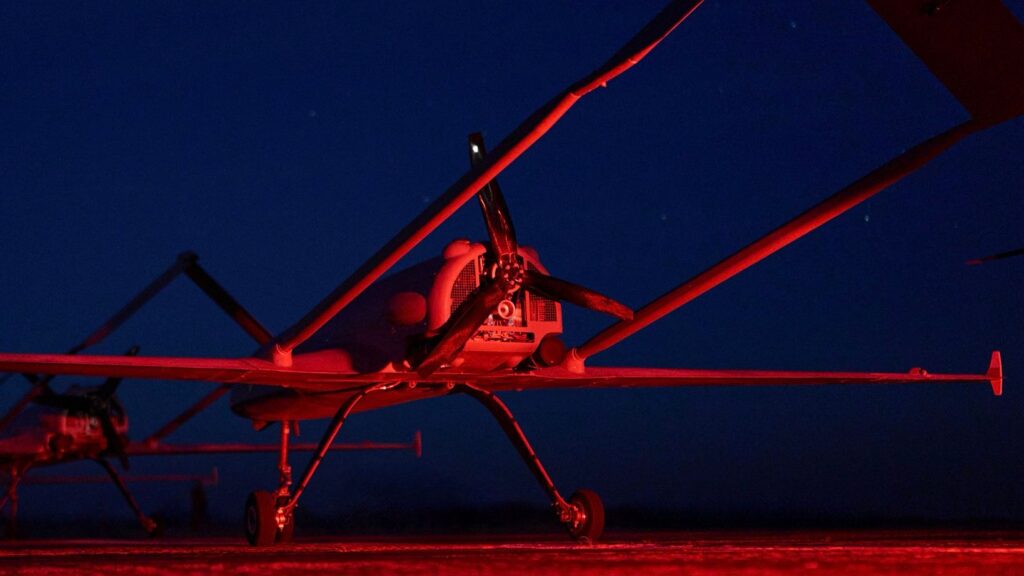
Ukraine’s deep strikes are becoming more destructive. The main reason, it seems, is the combination of a largely German-funded attack drone—and the powerful warhead, or warheads, it can carry.
As recently as last year, the Ukrainian military and its supporting agencies—in particular, the state security service, or SBU—struggled to make an impact with long-range drones. “More than half of the recorded strikes between September and February had limited impact,” Ukrainian analysis group Frontelligence Insight concluded in a March study.
But that’s changing as more and better drones with bigger and better-designed warheads strike more frequently many hundreds of kilometers inside Russia.
Tatarigami, Frontelligence Insight’s founder, recently sensed the change. “Based on an early look at several dozen hits over the past two weeks, both the success rate and damage from Ukrainian long-range drones have gone up compared to late 2024 [to] early 2025,” he wrote. “I haven’t put together the data set yet, but even at a glance, the results already look different.”
In recent weeks, Ukrainian drones have hit Russian airfields—destroying several warplanes and helicopters—while also blowing up key components of the refinery in Novokuibyshevsk, which accounts for around 3% of annual refining in Russia.

One Ukrainian drone keeps smashing Russia’s top war factories—so Germany’s paying for 500 more
Thanks in large part to German largess, Ukrainian firm Ukroboronprom is building hundreds more of its best An-196 Liutyi attack drones than it had planned earlier this year.
According to German newspaper Die Welt, the government of German Chancellor Friedrich Merz is providing around $100 million to pay for 500 of the propeller-driven, satellite-guided Liutyi drones. A Liutyi carries an approximately 50-kg warhead farther than 800 km. The $200,000 drone can follow a complex flight path and change altitude in order to avoid Russian air-defenses.
Early Liutyi models may have had comparatively simple and light warheads. “One contributing factor” in the limited effectiveness of drone strikes in 2024 and early 2025, Frontelligence Insight concluded, “is the relatively small warhead size of certain Ukrainian drones, such as the Liutyi.”
For comparison, a Russian Shahed drone carries a 90-kg warhead.
It’s possible Ukroboronprom has been improving and enlarging the warhead on the An-196. Roy, a Canadian drone expert, recently observed a 60-kg OFB-60 warhead apparently recovered from the wreck of a crashed Liutyi. “The 60-kg high-explosive shaped-charge munition has a concave metal face for forming an … explosively formed projectile” that can punch through metal, Roy noted.
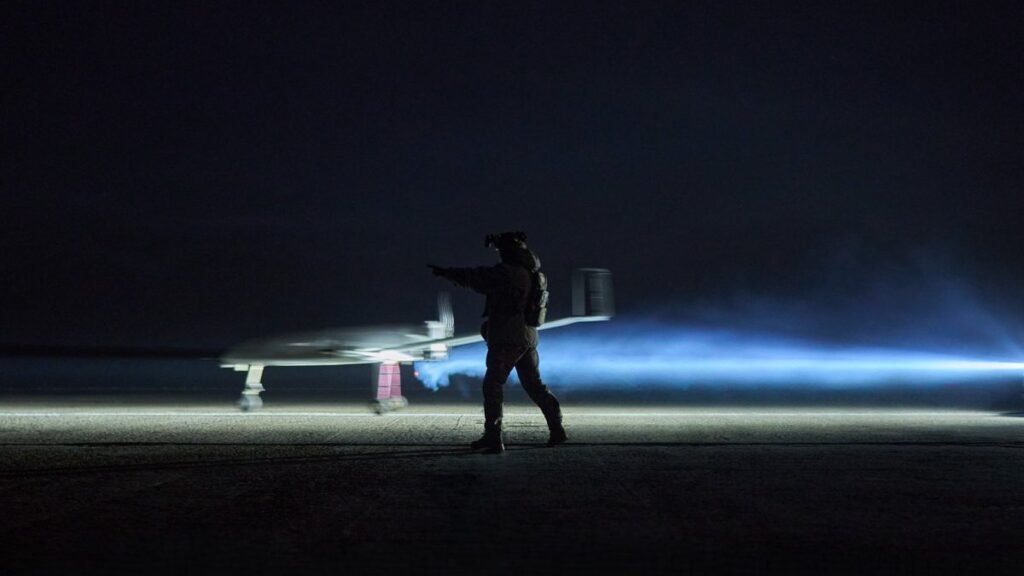
Warhead options
It’s not clear that all Liutyi drones have the 60-kg shaped-charge warhead. The drones are often described as carrying just 50 kg of explosives. It’s actually possible the drones can carry even bigger payloads. Missile expert Fabian Hoffman even claimed some An-196s are now packing 75-kg warheads.
A bigger warhead comes at a cost, however. “Given the long distances these [Ukrainian] drones must travel, increasing their warhead size would require adjustments to weight, fuel capacity and overall design,” Frontelligence assessed. In short, there’s a direct tradeoff. A bigger warhead means more destruction but a shorter range.
The reported recent development of a Liutyi model capable of traveling 2,000 km may imply some of the drones are carrying lighter warheads rather than heavier ones—trading away explosive payload in order to add fuel capacity.
So when Tatarigami senses Ukrainian drone strikes are becoming more destructive, there may be caveats. The most destructive raids might be the one striking closest to the Ukrainian border. Yes, a few An-196s or other drone types may range 2,000 km into Russia. But the ones dealing the real damage—potentially with the most powerful shaped-charge warheads—are probably hitting targets no more than 800 km from Ukraine.
Not coincidentally, SBU drones pummeled Saky air base in Russian-occupied Crimea on 3 August, reportedly destroying one Sukhoi Su-30 fighter jet and damaging another—and also damaging three Sukhoi Su-24 bombers. Saky is fewer than 300 km from the front line in southern Ukraine.
That’s well within range of a harder-hitting Liutyi drone.
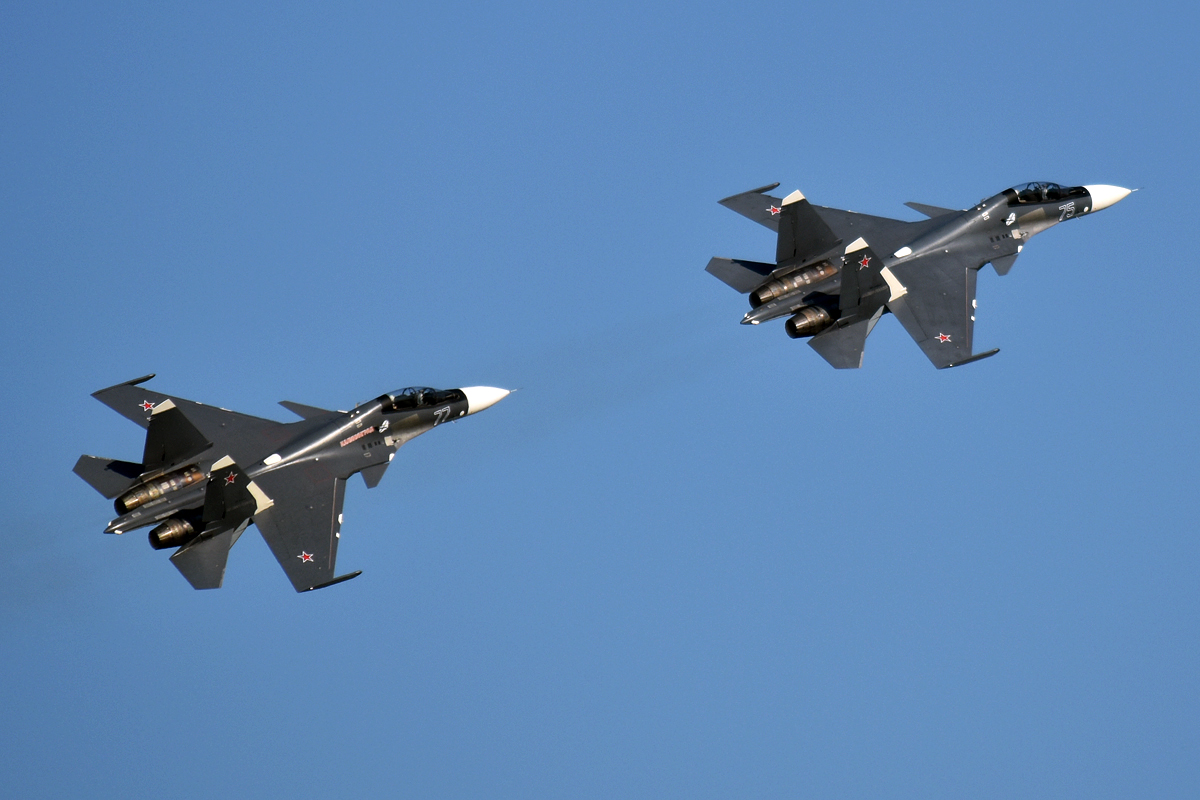
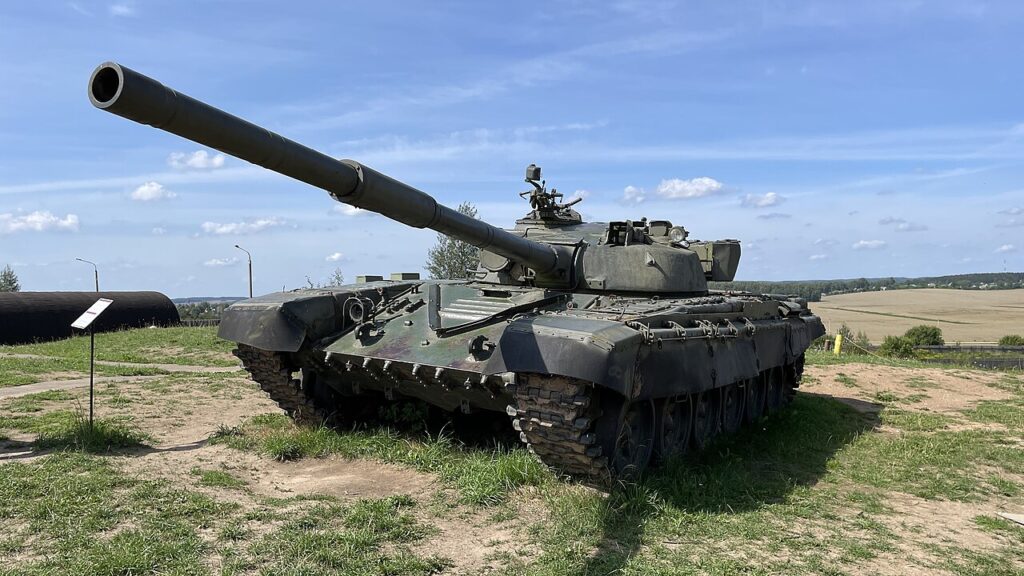
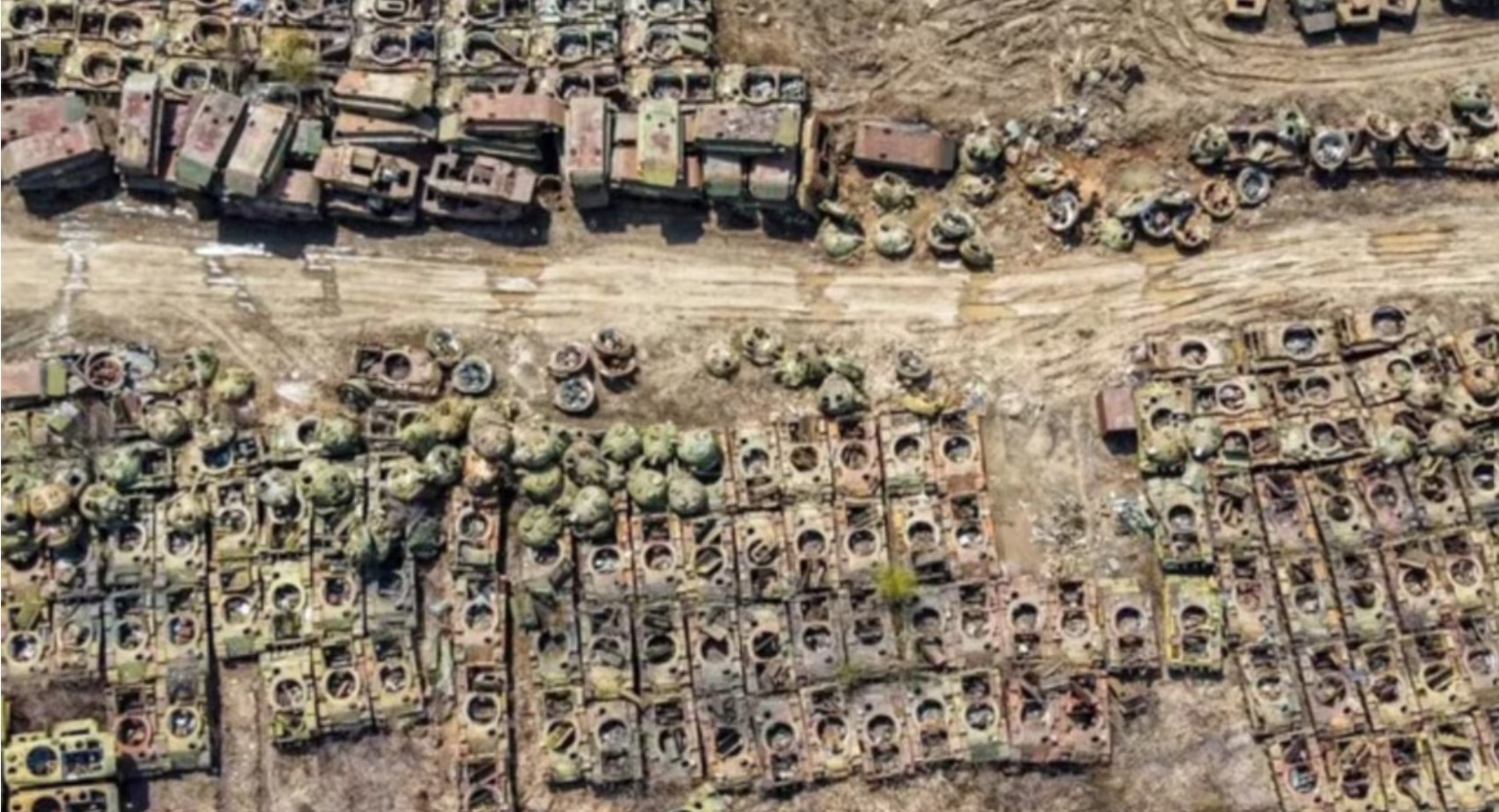




 Satellite images of
Satellite images of  Vorkuta Airfield as of August 2, 06:58 UTC
Vorkuta Airfield as of August 2, 06:58 UTC
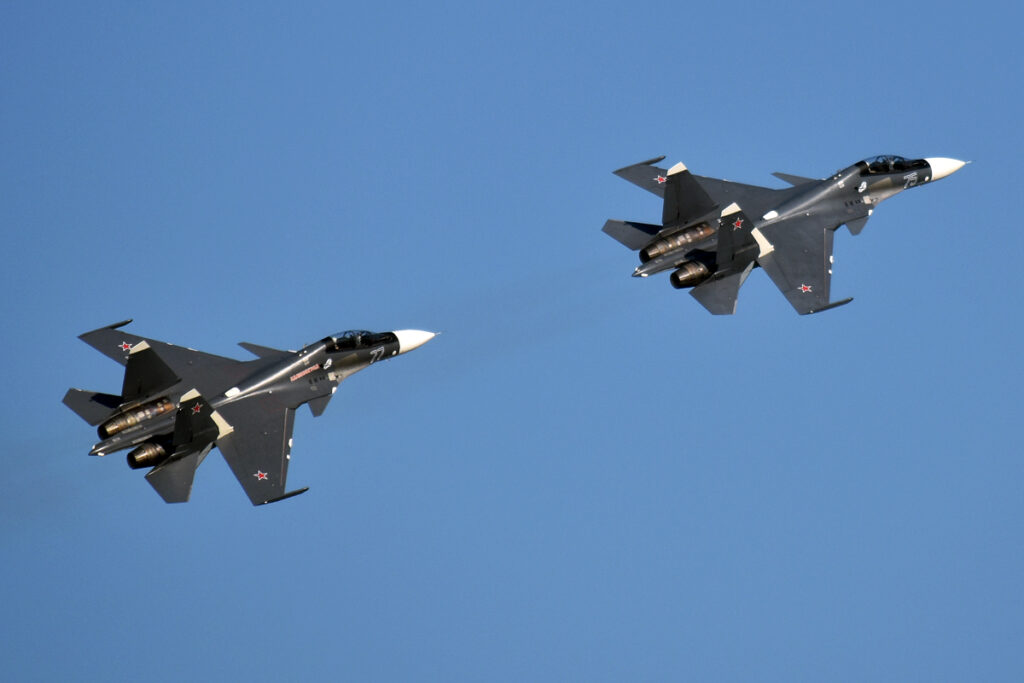
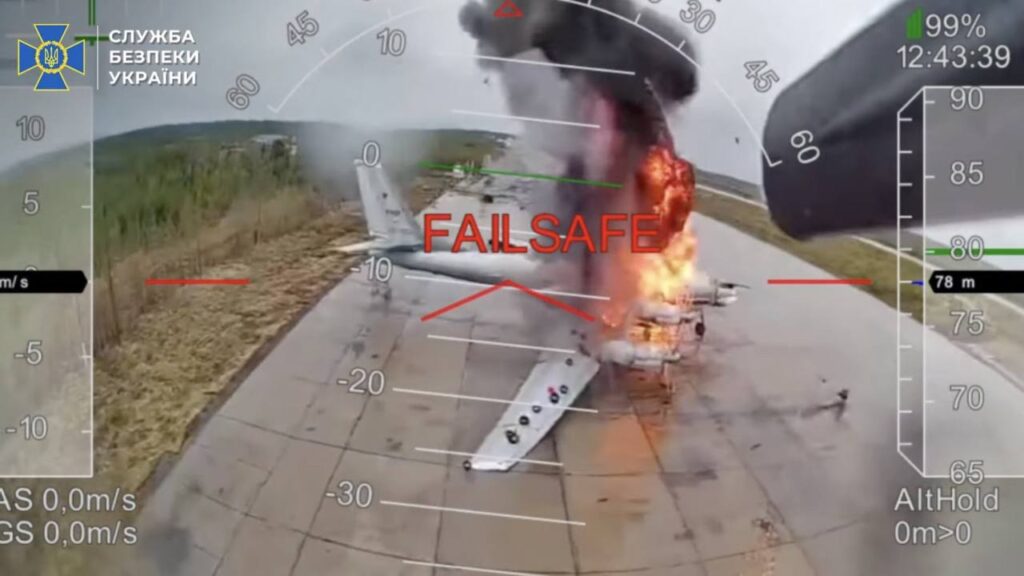



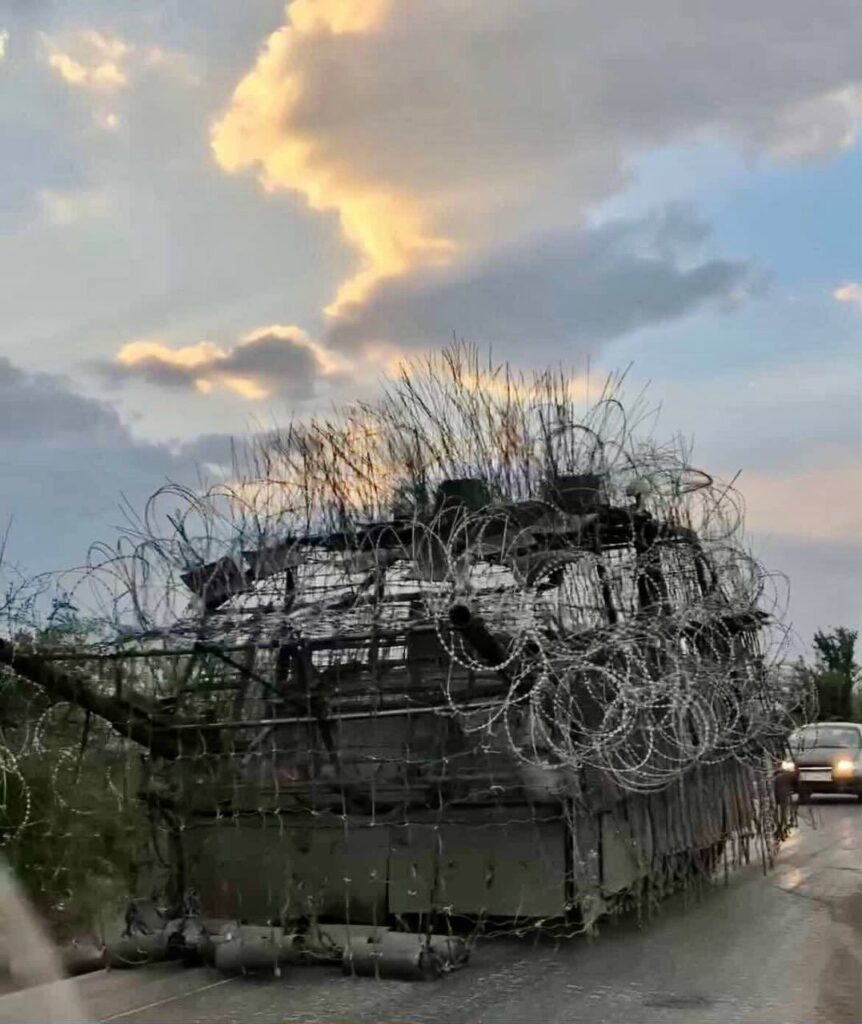
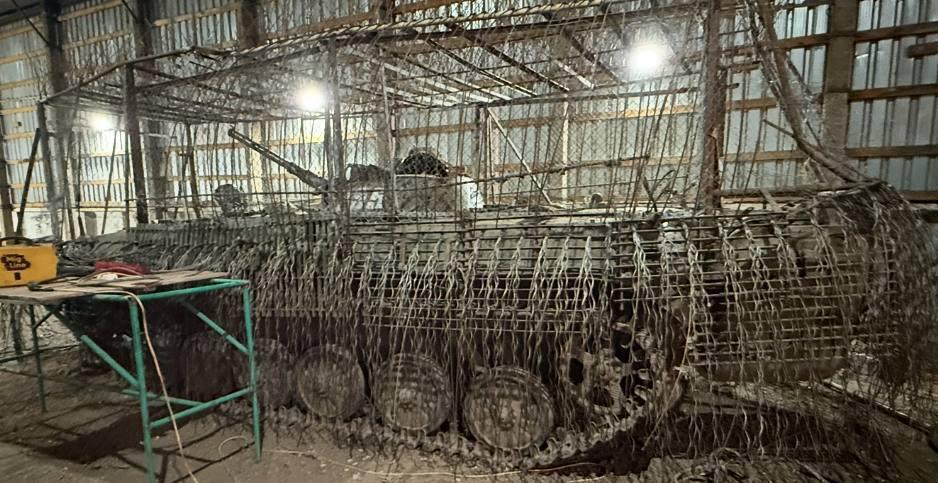
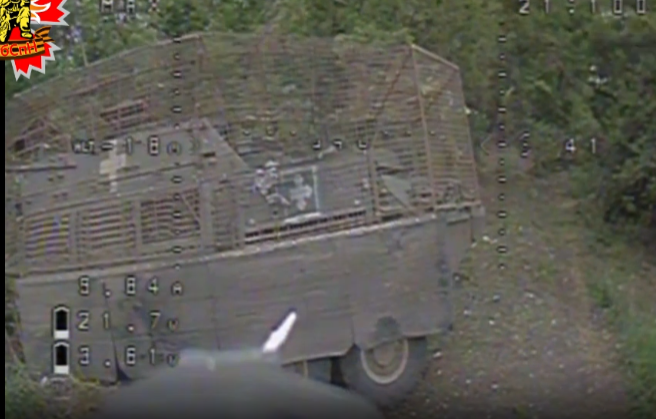
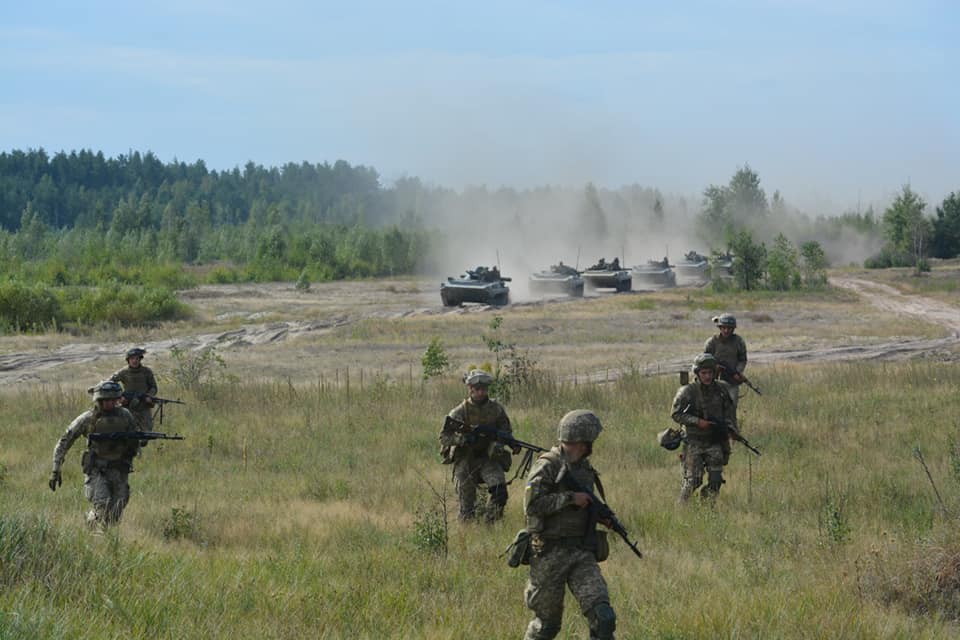
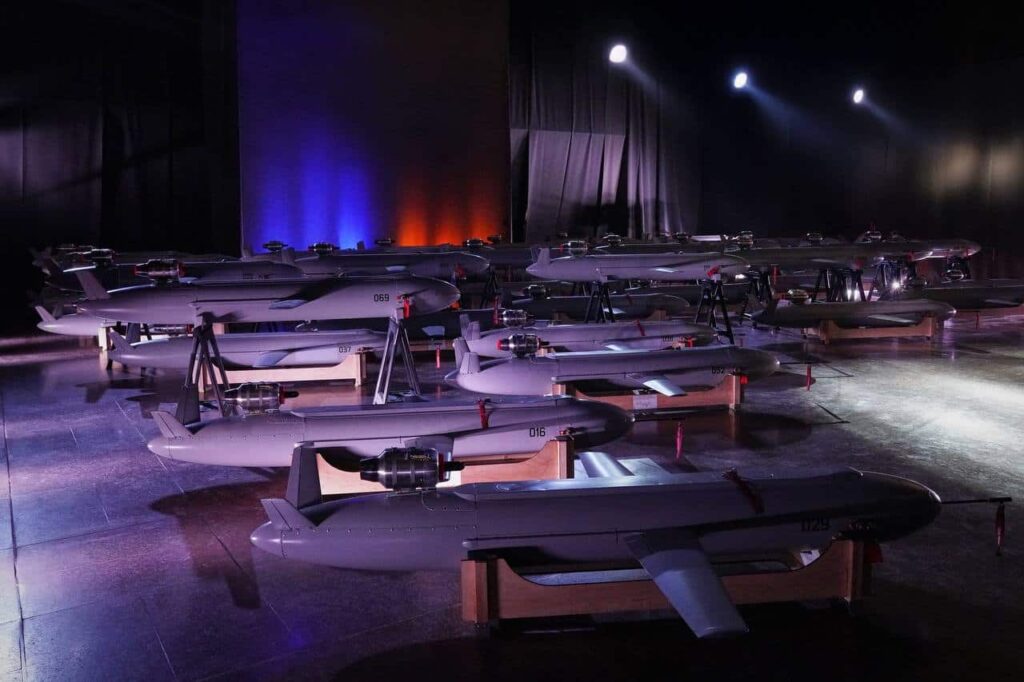


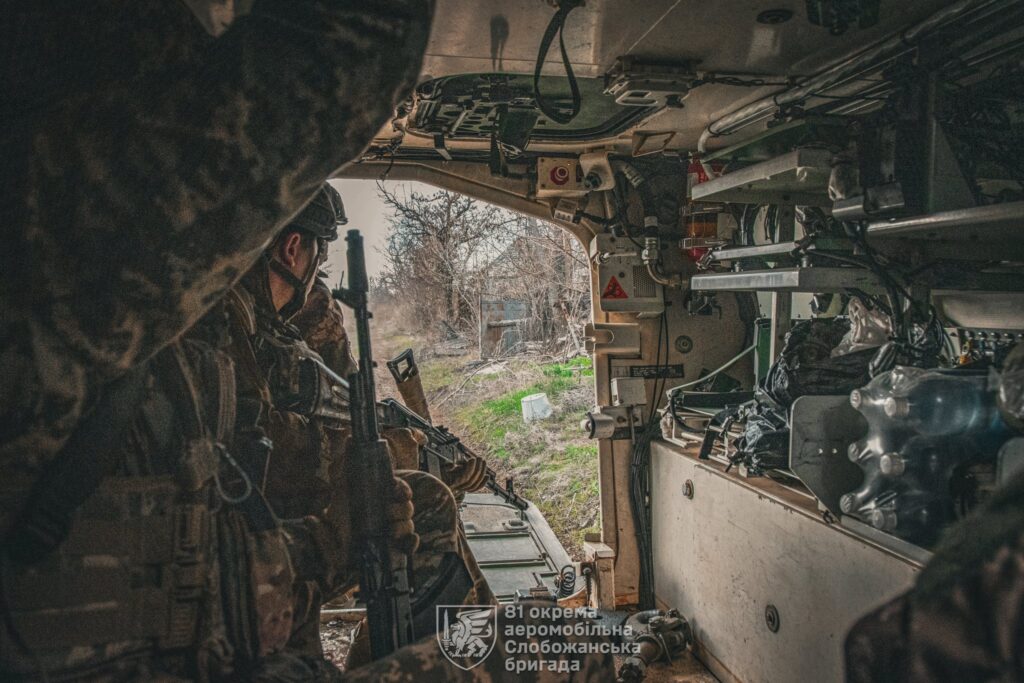
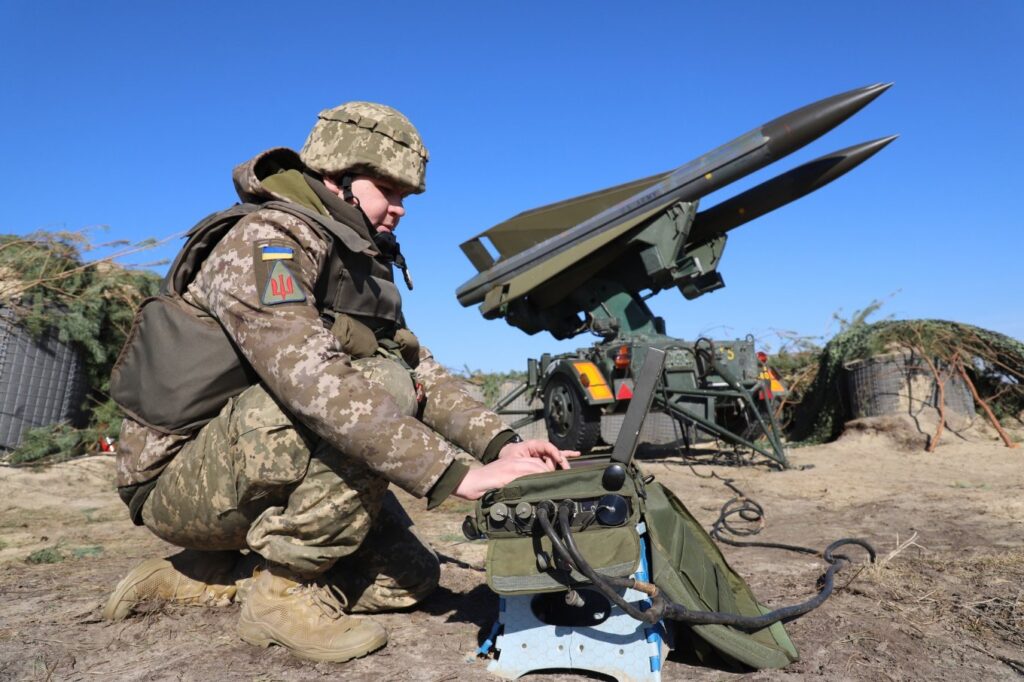
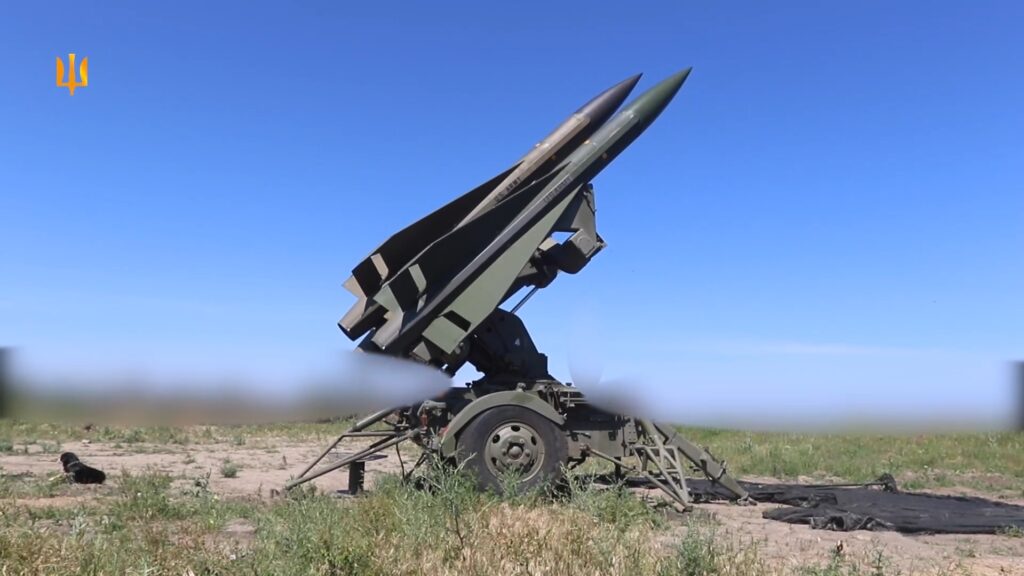

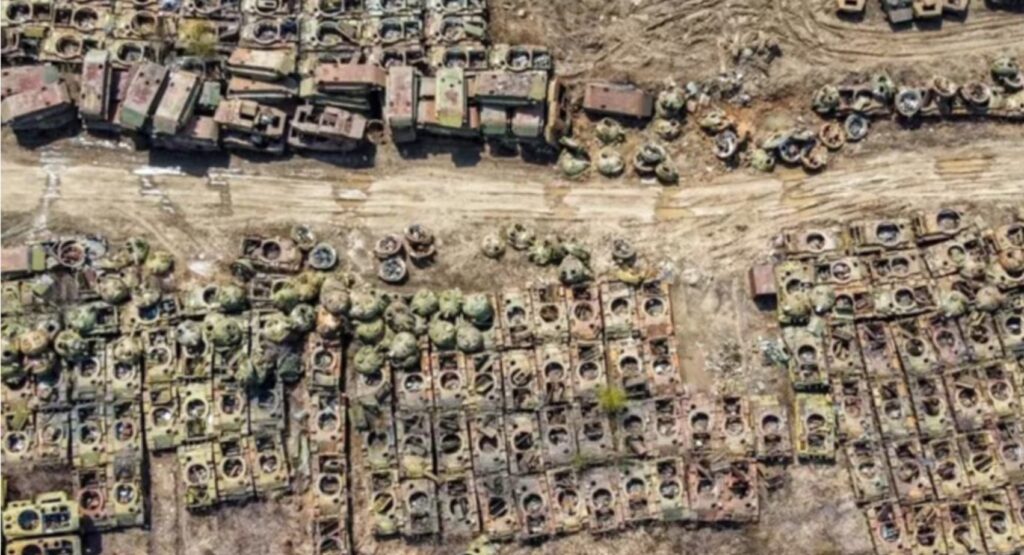
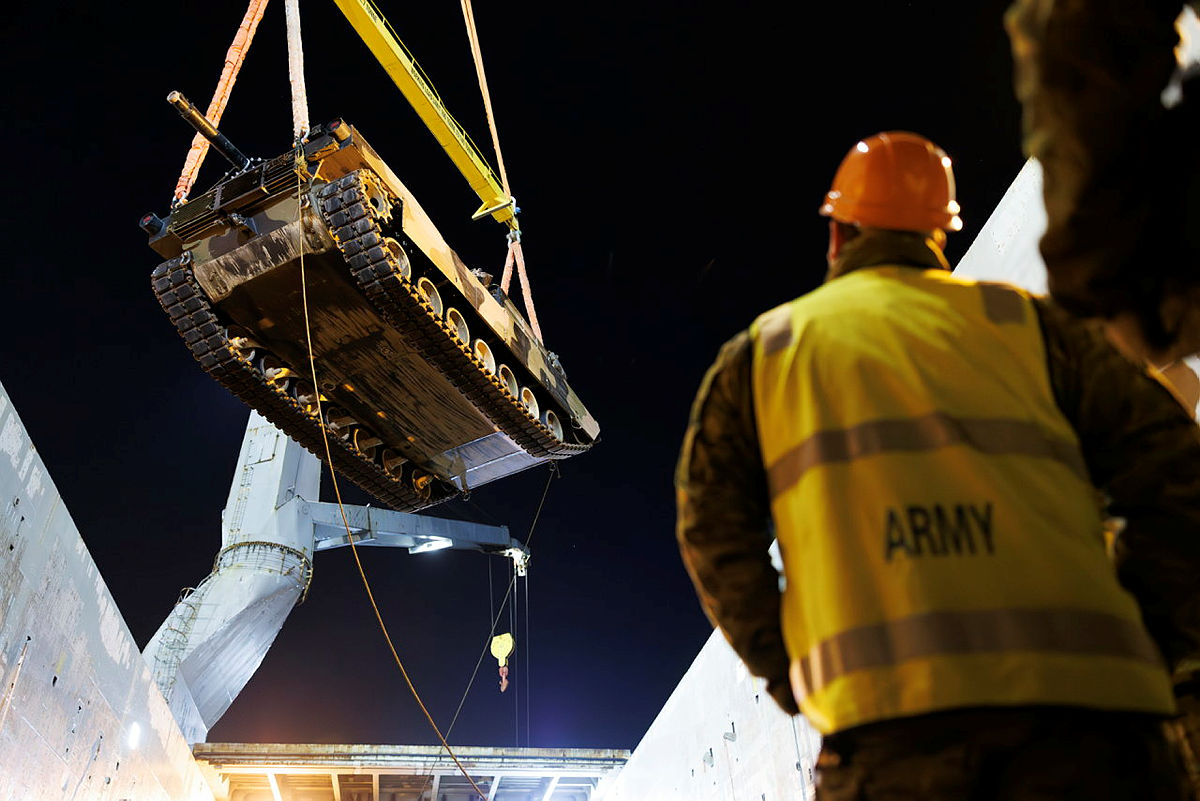
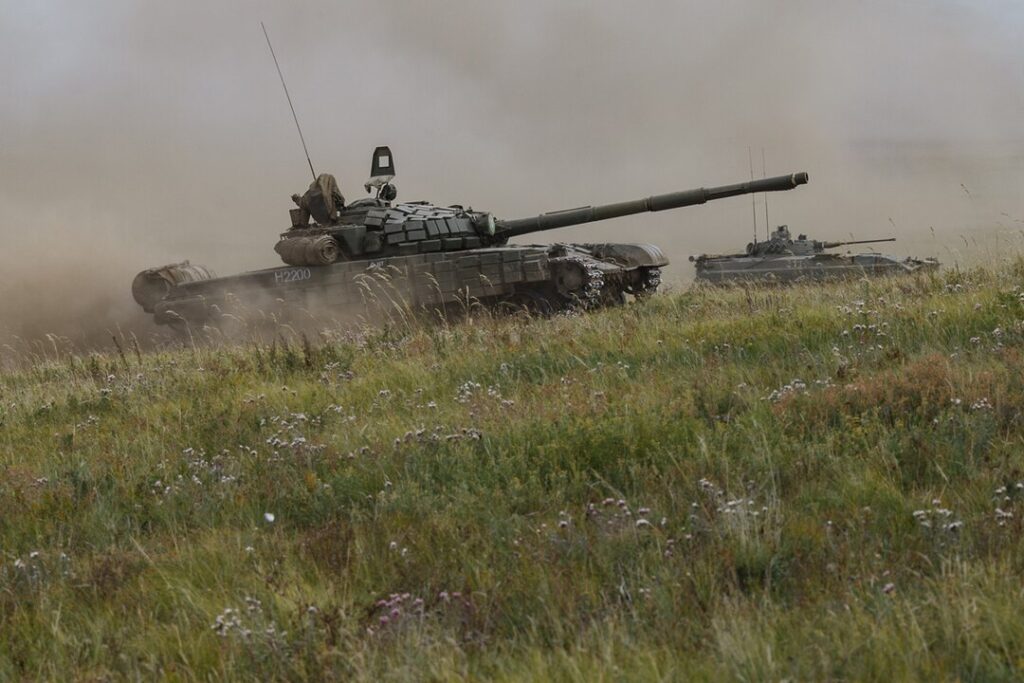
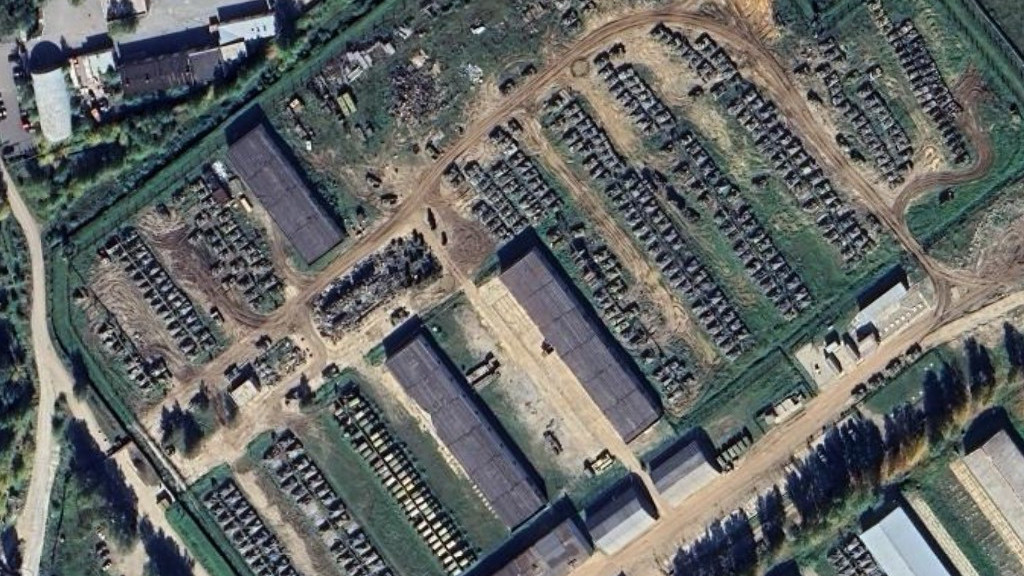



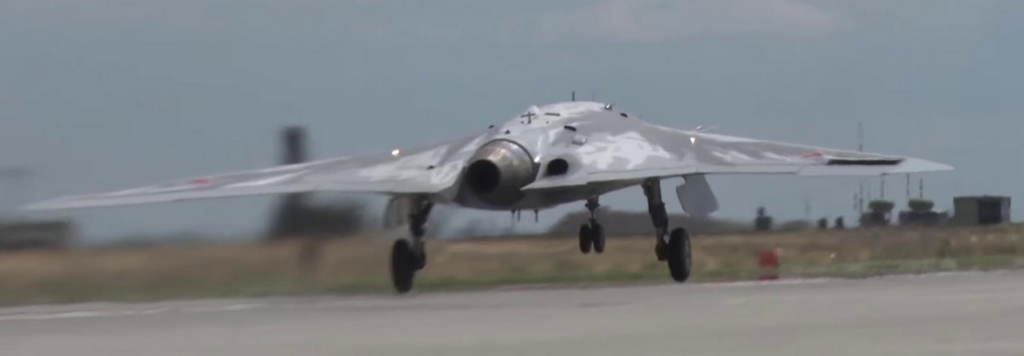

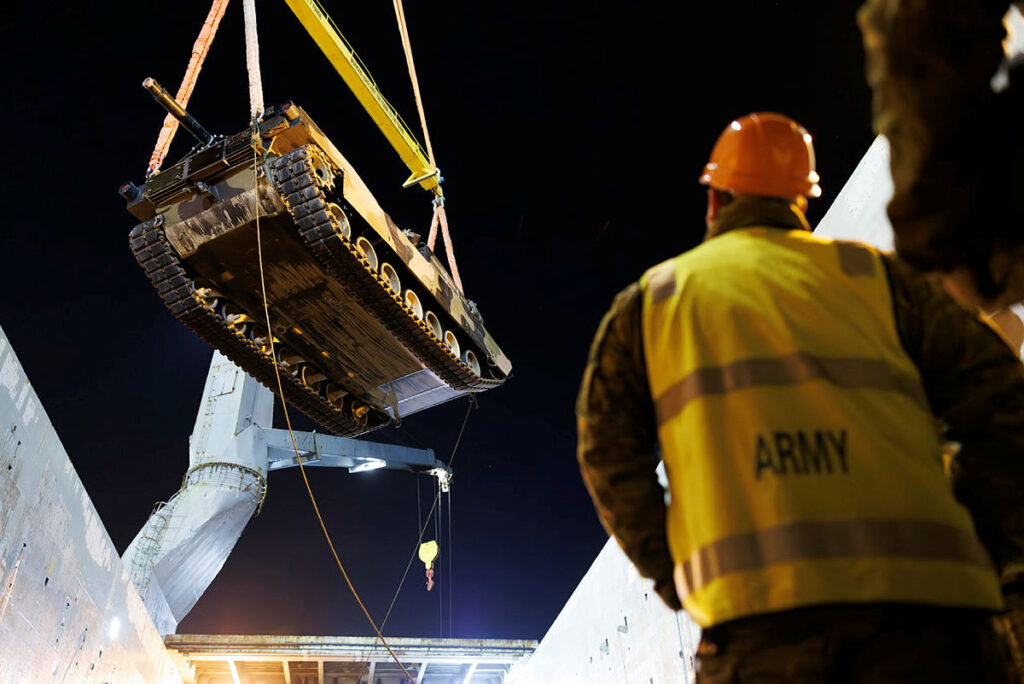


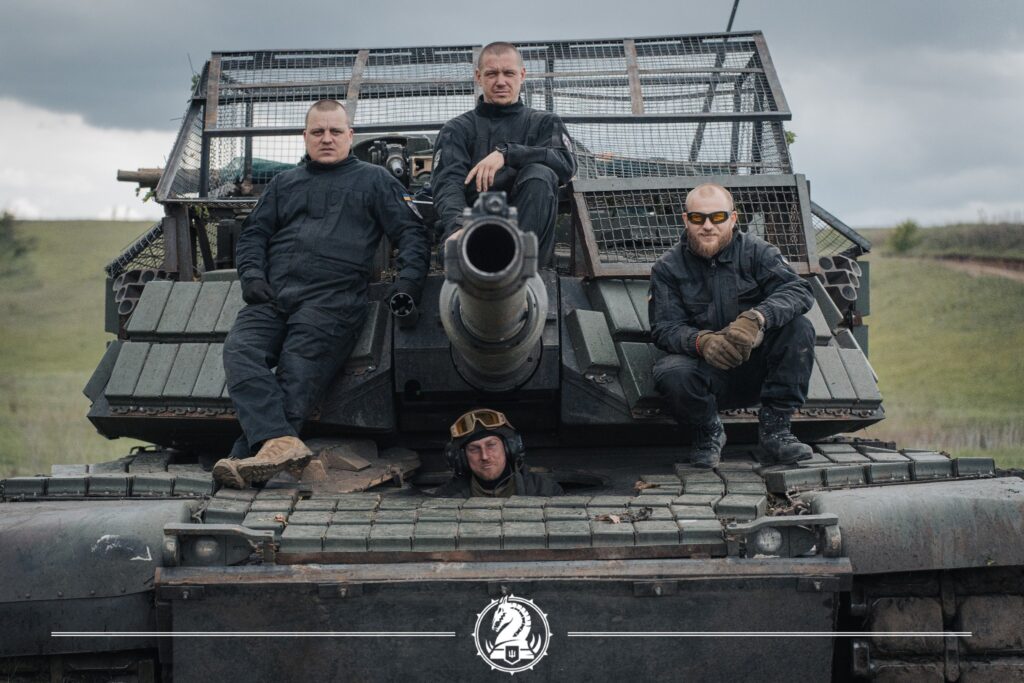

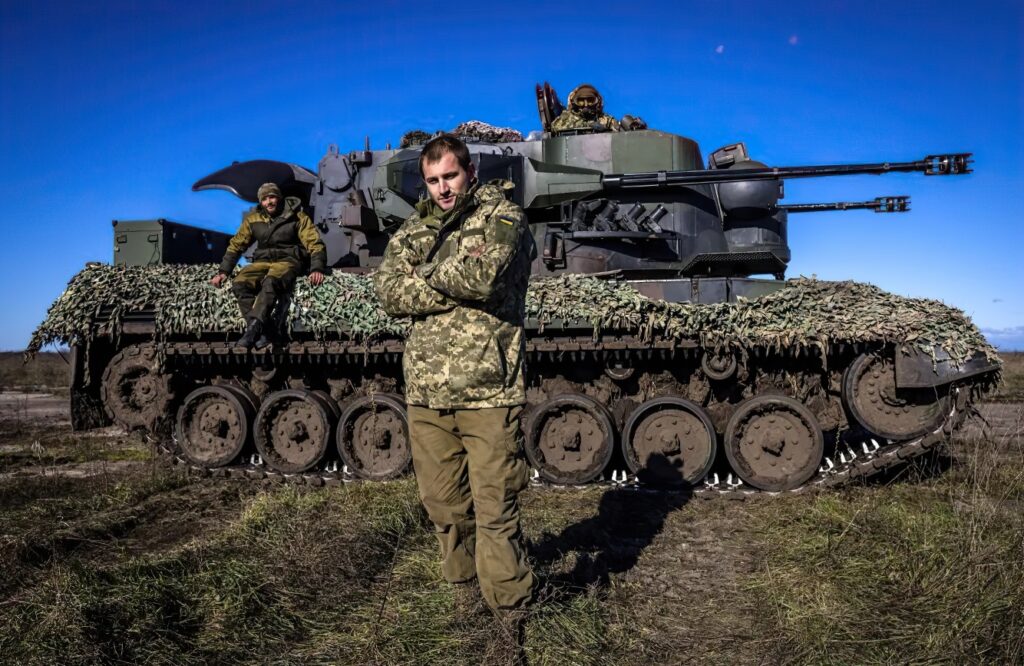
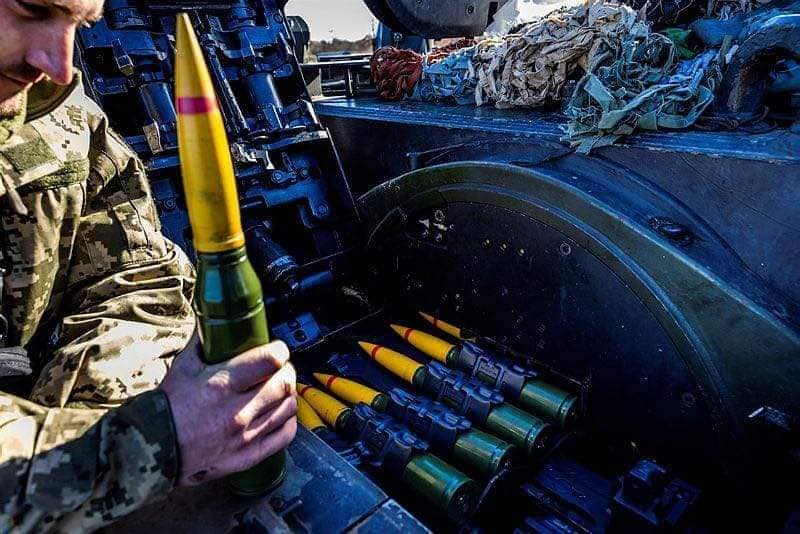


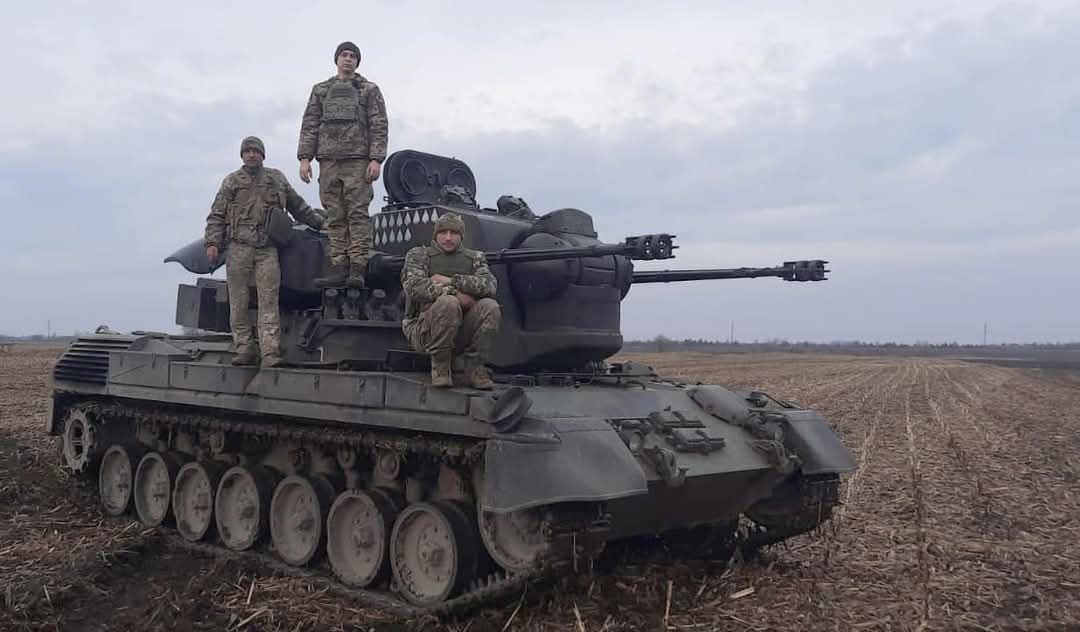



 (@iEndure_4evr)
(@iEndure_4evr) 


